Nuke Refugees Face Uncertain Fate IPS News. Excerpts:
KUSATSU, Japan, May 4, 2011 (IPS) - Tadanori Anzai and his wife Michiko left their town in Minamisoma, Fukushima prefecture, more than a month ago to escape the radioactive contamination spewing from the earthquake-damaged nuclear power plant located close to their home and tiny eatery.
Along with sixty others, the Anzai couple and their grandchild travelled by bus to this snowy hot spring town 150 kilometres west of Minamisoma on Mar. 25, after the local government invited them over.
"I survived the terrible earthquake and tsunami that hit Fukushima that fateful day. But today, I feel my situation is far worse than those who have lost everything in the natural disaster," said the 58-year-old Anzai.
Referred to popularly as nuclear refugees, the Anzai family are among thousands of people who have left radiation affected areas, some still crammed into hastily prepared evacuation sites, in line with the Japanese government’s new regulation to clear the 30-kilometre area around the nuclear plant.
Taiwan to hold nuclear, natural disaster drill I'd wager they'll be focusing on "procedures," and "accurate damage assessment."
Pacific radiation levels keep rising From Press TV. Excerpts:
The levels of highly radioactive water keep rising on the Pacific seabed in close proximity to Japan's crippled Fukushima Daiichi nuclear power plant.
The plant's operator, Tokyo Electric Power Company (TEPCO), said on Tuesday that the seabed samples collected three kilometers from Minamisoma and another three kilometers from Naraha, both in Fukushima Prefecture, contained 98 to 190 becquerels of radioactive iodine per kilogram and 1,200 to 1,400 becquerels of radioactive cesium, Kyodo news agency reported.
The high levels of radioactive materials were detected from samples collected last Friday from the seabed at points 20-30 meters deep.
TEPCO said that the radioactive substances may have gone down into the sea after being released into the air from the plant, or may have been carried by contaminated water that seeped from the plant. Either/Or, they're not sure, or don't care..
The Fukushima plant has leaked radiation into air, soil and the Pacific Ocean ever since it was hit by a 9-magnitude earthquake and a devastating tsunami on March 11. Since March 11th. We're coming up on two months! What a magical seven weeks it's been..
TEPCO begins repairs on Japan plant China Daily. Excerpts:
Workers at Japan's crippled nuclear plant began putting up equipment on Tuesday to allow the start of repairs to its cooling systems, key to bringing reactors under control after they were badly damaged in the March 11 quake and tsunami.
..
The company said it had begun constructing special tents at the entrance of turbine buildings so workers can move in and out. It is also installing fans with filters at the No 1 reactor to reduce radiation inside to one-twentieth of current levels within days.
Cables Show U.S. Concern on Japan’s Disaster Readiness
In March 2008, the American ambassador in Tokyo sent a classified cable to Washington that contained a prophetic warning about the disaster preparedness of Japan, the United States’ most important ally in Asia.
The cable, sent by Ambassador J. Thomas Schieffer, said Japan was preparing for earthquakes and even cyberattacks, but that it might prove less adept at responding to unforeseen disasters. “Compartmentalization and risk aversion within the bureaucracy, however, could increase Japan’s vulnerability to threats for which it is less prepared,” warned the cable, dated March 18.
Bureaucratic decision making has been cited as a factor in Japan’s lack of preparedness, almost exactly three years later, for the record-breaking tsunami that crippled the Fukushima Daiichi Nuclear Power Station and set off the worst nuclear disaster since Chernobyl. While the cable offers few specifics about the weaknesses in Japan’s disaster planning, it does go on to warn that a blow that disables the country could have catastrophic consequences for global trade and finance.
Japanese nuclear plant a time bomb?
In the wake of Japan's nuclear crisis, fears are mounting that disaster could also strike the country's Hamaoka Nuclear Power Plant.
"The Hamaoka plant is potentially even more dangerous than Fukushima," Mizuho Fukushima, leader of the Social Democratic Party of Japan, was quoted by The Christian Science Monitor newspaper as saying.
Situated on the Pacific coast in Omaezaki, about 112 miles southwest of Tokyo, Hamaoka is in an area where a magnitude-8 earthquake is strongly projected to hit.
"It should be closed down now," Fukushima said. "Scientists say the region in which Hamaoka is located is due for a major earthquake. If we wait until that happens, it will be too late."
KUSATSU, Japan, May 4, 2011 (IPS) - Tadanori Anzai and his wife Michiko left their town in Minamisoma, Fukushima prefecture, more than a month ago to escape the radioactive contamination spewing from the earthquake-damaged nuclear power plant located close to their home and tiny eatery.
Along with sixty others, the Anzai couple and their grandchild travelled by bus to this snowy hot spring town 150 kilometres west of Minamisoma on Mar. 25, after the local government invited them over.
"I survived the terrible earthquake and tsunami that hit Fukushima that fateful day. But today, I feel my situation is far worse than those who have lost everything in the natural disaster," said the 58-year-old Anzai.
Referred to popularly as nuclear refugees, the Anzai family are among thousands of people who have left radiation affected areas, some still crammed into hastily prepared evacuation sites, in line with the Japanese government’s new regulation to clear the 30-kilometre area around the nuclear plant.
Taiwan to hold nuclear, natural disaster drill I'd wager they'll be focusing on "procedures," and "accurate damage assessment."
Pacific radiation levels keep rising From Press TV. Excerpts:
The levels of highly radioactive water keep rising on the Pacific seabed in close proximity to Japan's crippled Fukushima Daiichi nuclear power plant.
The plant's operator, Tokyo Electric Power Company (TEPCO), said on Tuesday that the seabed samples collected three kilometers from Minamisoma and another three kilometers from Naraha, both in Fukushima Prefecture, contained 98 to 190 becquerels of radioactive iodine per kilogram and 1,200 to 1,400 becquerels of radioactive cesium, Kyodo news agency reported.
The high levels of radioactive materials were detected from samples collected last Friday from the seabed at points 20-30 meters deep.
TEPCO said that the radioactive substances may have gone down into the sea after being released into the air from the plant, or may have been carried by contaminated water that seeped from the plant. Either/Or, they're not sure, or don't care..
The Fukushima plant has leaked radiation into air, soil and the Pacific Ocean ever since it was hit by a 9-magnitude earthquake and a devastating tsunami on March 11. Since March 11th. We're coming up on two months! What a magical seven weeks it's been..
TEPCO begins repairs on Japan plant China Daily. Excerpts:
Workers at Japan's crippled nuclear plant began putting up equipment on Tuesday to allow the start of repairs to its cooling systems, key to bringing reactors under control after they were badly damaged in the March 11 quake and tsunami.
..
The company said it had begun constructing special tents at the entrance of turbine buildings so workers can move in and out. It is also installing fans with filters at the No 1 reactor to reduce radiation inside to one-twentieth of current levels within days.
Cables Show U.S. Concern on Japan’s Disaster Readiness
In March 2008, the American ambassador in Tokyo sent a classified cable to Washington that contained a prophetic warning about the disaster preparedness of Japan, the United States’ most important ally in Asia.
The cable, sent by Ambassador J. Thomas Schieffer, said Japan was preparing for earthquakes and even cyberattacks, but that it might prove less adept at responding to unforeseen disasters. “Compartmentalization and risk aversion within the bureaucracy, however, could increase Japan’s vulnerability to threats for which it is less prepared,” warned the cable, dated March 18.
Bureaucratic decision making has been cited as a factor in Japan’s lack of preparedness, almost exactly three years later, for the record-breaking tsunami that crippled the Fukushima Daiichi Nuclear Power Station and set off the worst nuclear disaster since Chernobyl. While the cable offers few specifics about the weaknesses in Japan’s disaster planning, it does go on to warn that a blow that disables the country could have catastrophic consequences for global trade and finance.
Japanese nuclear plant a time bomb?
In the wake of Japan's nuclear crisis, fears are mounting that disaster could also strike the country's Hamaoka Nuclear Power Plant.
"The Hamaoka plant is potentially even more dangerous than Fukushima," Mizuho Fukushima, leader of the Social Democratic Party of Japan, was quoted by The Christian Science Monitor newspaper as saying.
Situated on the Pacific coast in Omaezaki, about 112 miles southwest of Tokyo, Hamaoka is in an area where a magnitude-8 earthquake is strongly projected to hit.
"It should be closed down now," Fukushima said. "Scientists say the region in which Hamaoka is located is due for a major earthquake. If we wait until that happens, it will be too late."







































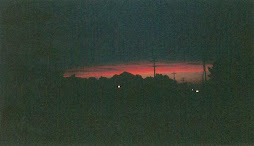





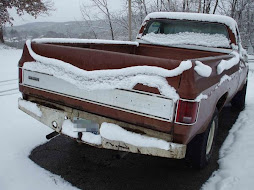

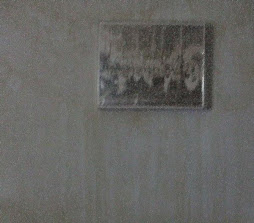






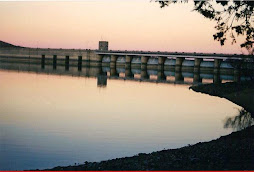






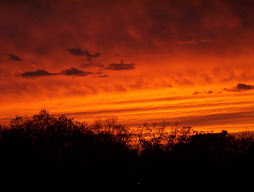
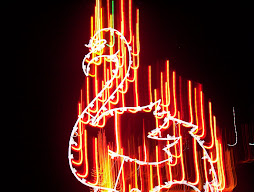




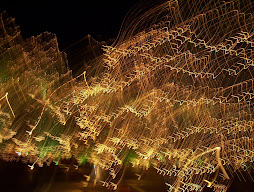

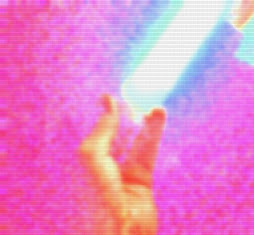
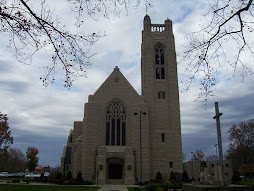









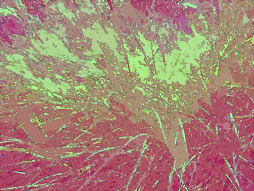
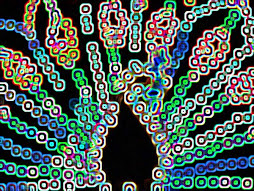









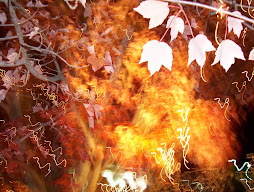

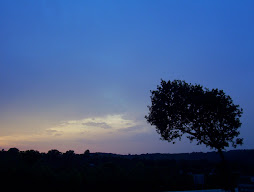











No comments:
Post a Comment